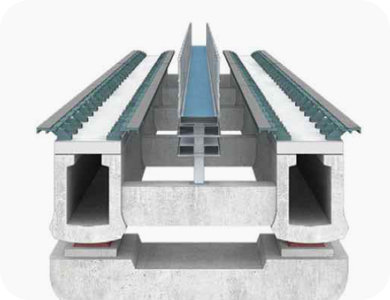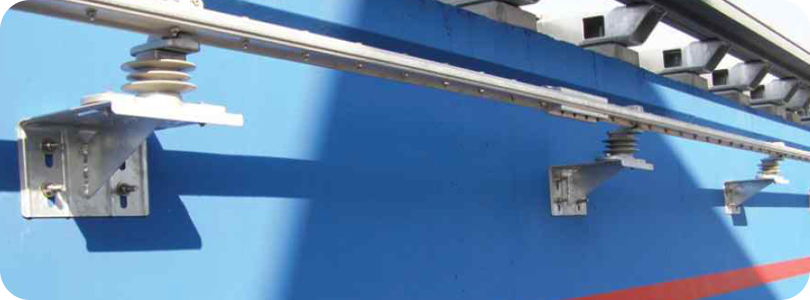THE PRESENT
WHAT WE DO
Improvements achieved by R&D Activities
Improvements of Car Performance
| Existing System at National Science Museum |
New System for Incheon International Airport Line |
Remarks | |
|---|---|---|---|
| Number of bogies |
 3 per car 3 per car
|
 4 per car 4 per car
|
Improved curve running performance Improved anti-vibration performance Improved ride comfort Improved levitation stability |
| Suspension System | 2 sets/bogie | 4 sets/bogie | |
| Levitation Air Gap | 10mm | 8mm |
Power consumption reduced by 36% |
| Gap Deviation | ±5mm (at 70km/h) | ±3mm (at 110km/h) |
Improved running stability |
| Levitation Controller | Redundancy not applied | Redundancy applied |
Increased availability |
| Steering Mechanism | Not applied | Hydraulic cylinder type | |
| Lateral DisplacementAbsorption System | Not applied | Sliding Table employed | |
| Vehicle Weight (Tare) | 26.5 tons/car | 19 tons/car |
Reduced power consumption |
Improved Levitation Stability
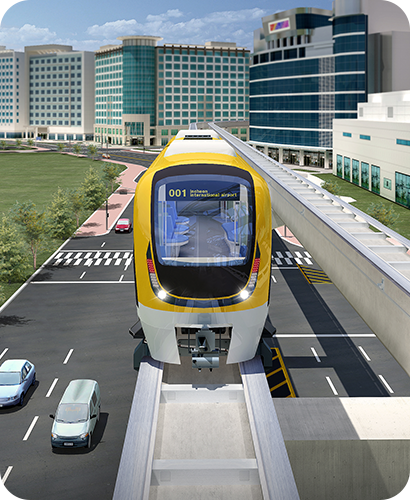
System Improvement
The number of bogies has been increased (3 > 4bogies/car) and
the levitation air gap is reduced (10 > 8mm).
Redundancies have been implemented in the levitation controller and electromagnet system.
Improved Components and Algorithm
The measuring range of the gap sensor has been increased and the control algorithm of the
controller has been improved.
Improved Power Supply System
Independent power supply units have been adopted for each bogey. An emergency backup
battery system has been installed.
The capacity of the power supply system has been increased.
Comparison of Running Performance
Comparison with the Existing Maglev Systems
Improved Levitation Stability
Improvement of Guideway Performance
-
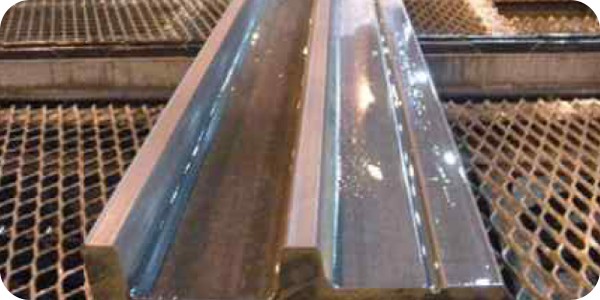
Rail production by roll-forming process
-

Manufacture of curved rails
Development of Articulation Type Turnouts
-

For left turnout
-
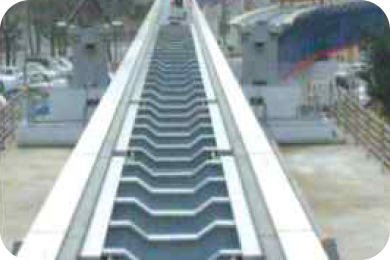
For center setting
-
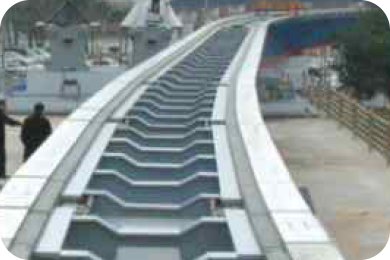
For right turnout

